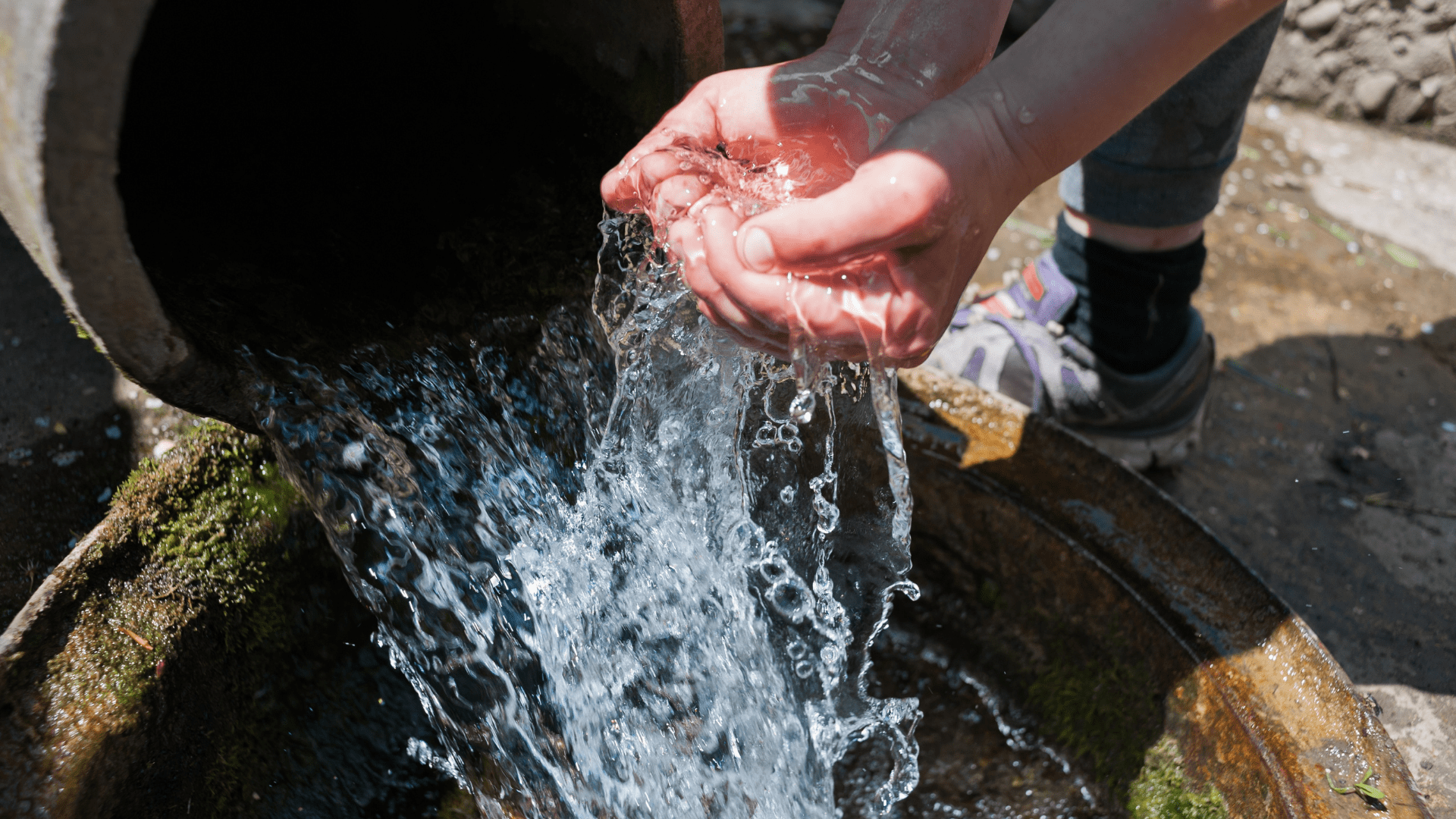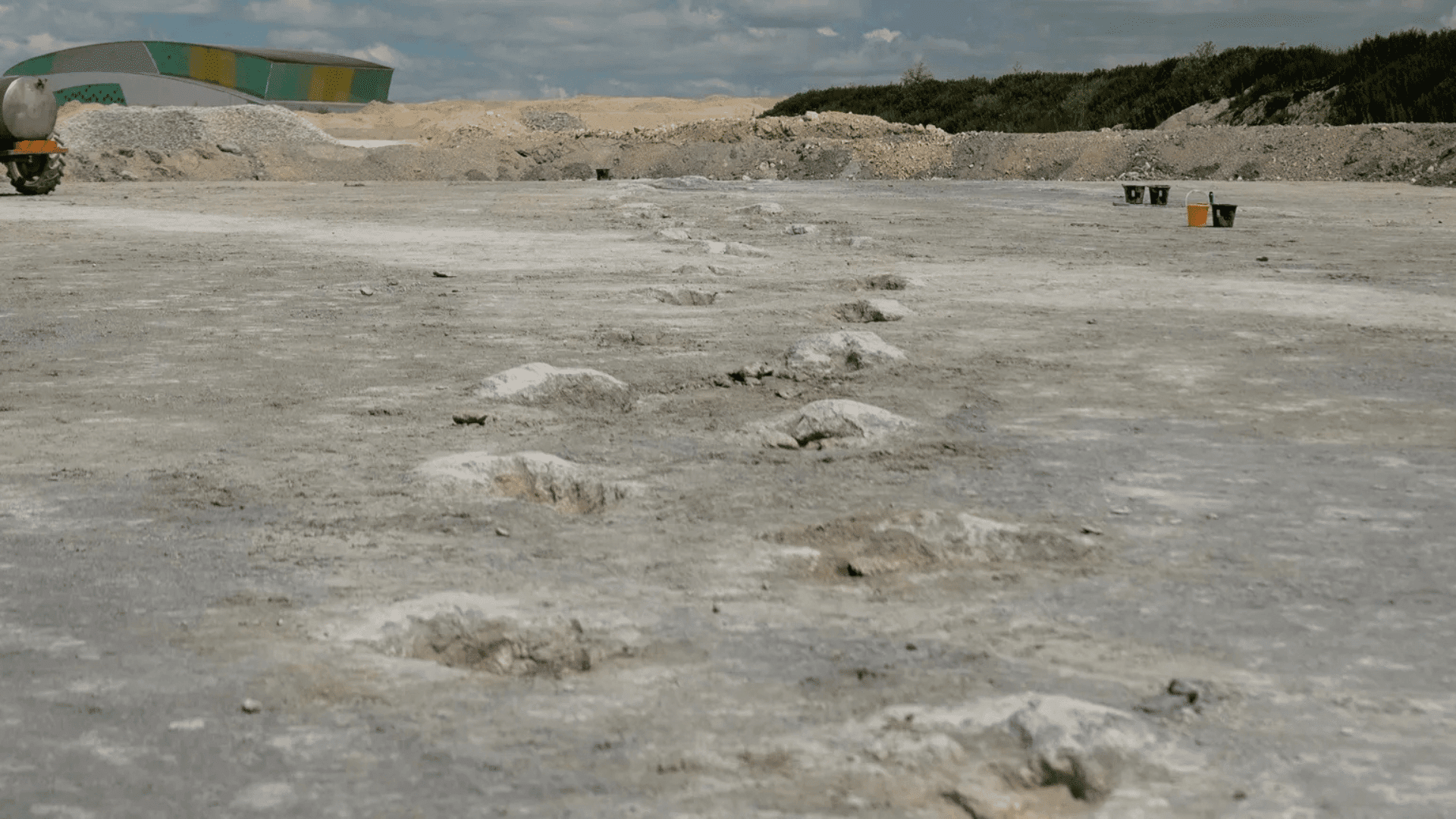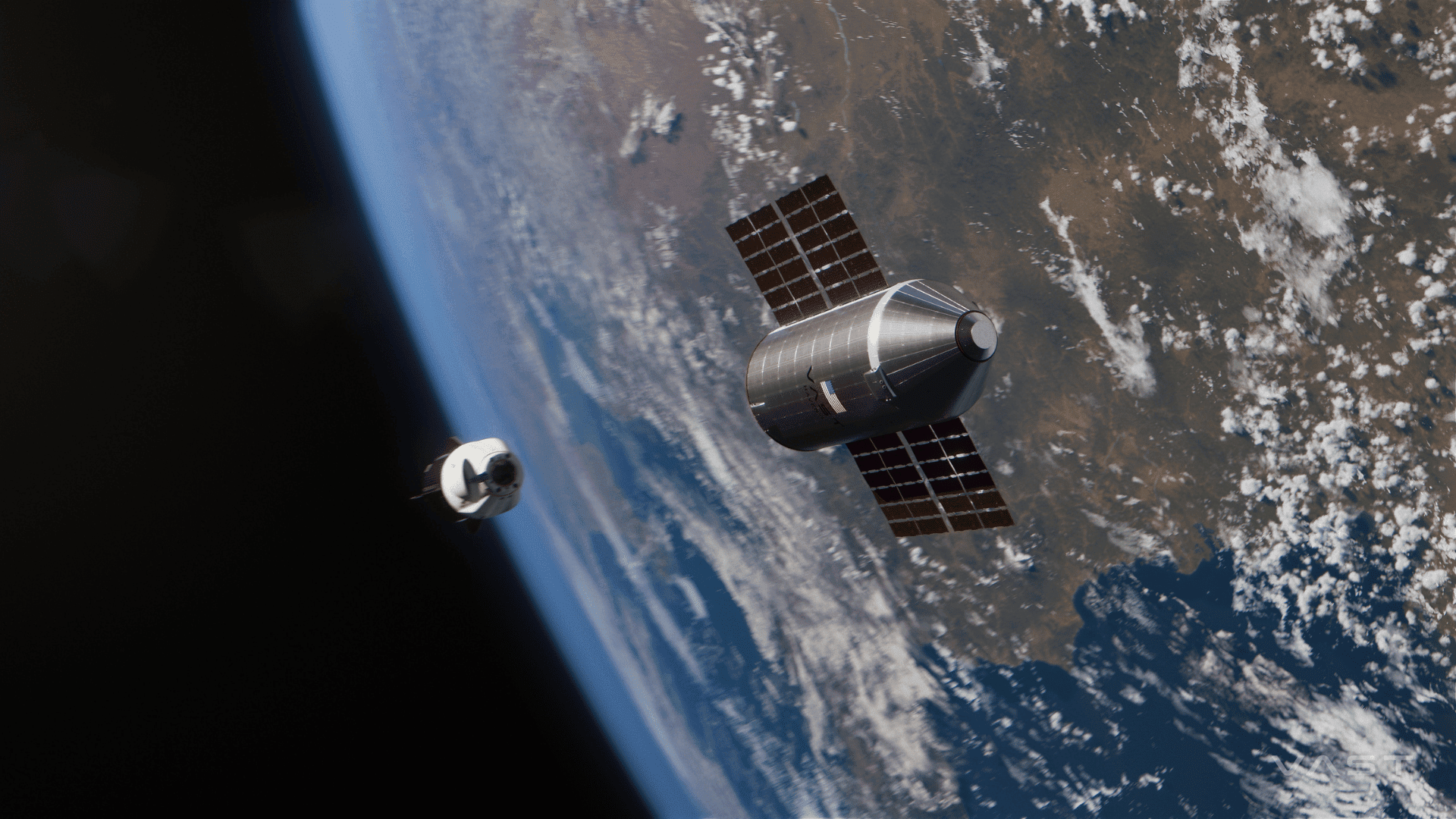A study suggests that there is a simpler, more efficient way to extract water from the air. Researchers at The Ohio State University developed a new prototype that uses half the energy of existing water extraction devices.
Access to Water

It’s estimated that more than 2 billion people worldwide lack access to clean water. John LaRocco, the study’s lead author and research scientist at OSU, said that improving conventional ways to gather valuable resources makes them more attainable in water-scarce areas.
“You can survive three minutes without air, three weeks without food, but only three days without water,” said LaRocco. “But with it, you can begin to solve a lot of problems, like national security, mental health, or sanitation, just by improving the accessibility of clean drinking water.”
Many existing water extraction devices are large, use a lot of energy, and are often slow. The team’s device, however, uses a different approach called elastocaloric cooling. This “uses materials that can reduce energy use, size, and complexity.” According to LaRocco, this is why their device is portable enough to fit inside a backpack.
The researchers compared their device with a “dehumidifier that operates using desiccant wheels, rotating cylinders lined with hydrophilic materials that work to trap and remove humidity from the surrounding airflow.” They tested each device separately for 30 minutes, evaluating energy consumption, heat generation, and water-harvesting efficiency during each test.
Results
The tests showed differences in power consumption and highlighted what conditions would be best for the prototype. For example, said co-author John Simonis, the humidity level where the device is used could influence the water collection possibilities. “Compared to the traditional desiccant wheel system, our system has the ability to scale more dynamically to fit the needs of the environment,” said Simonis. “Because our device is more modular, there’s room for a lot of adaptability.”
The authors noted that places like the Philippines, Indonesia, Haiti, and even Ohio are a few of the places where the standard humidity would fall just right enough for their prototype to achieve maximum efficiency.
The water produced from their device is readily drinkable, said Simonis, but because their device is also made with 3D printed materials that can degrade over time, it must be heavily filtered to limit the amount of microplastics someone could ingest if they drank it immediately.
“We’re hoping that clean water for the rest of the world isn’t just a pipe dream,” LaRocco said.







